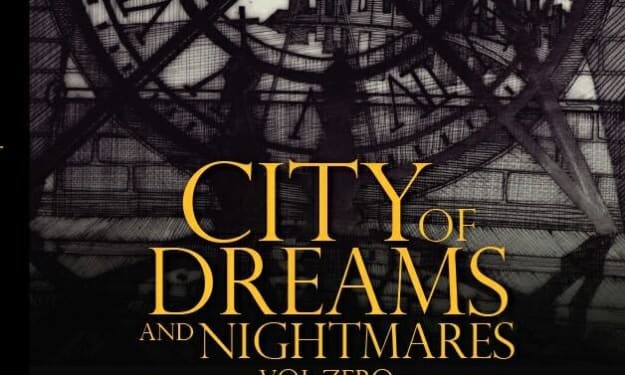Glimpses of Grandeur and Illusion: Exploring "The Great Gatsby" by F. Scott Fitzgerald
A Book Review

F. Scott Fitzgerald's "The Great Gatsby" stands as a testament to the Roaring Twenties and the glittering allure of the American Dream. Published in 1925, this iconic novel has resonated with readers across generations, capturing the essence of an era while offering a profound commentary on human ambition, wealth, and the fragile nature of illusions.
Setting and Atmosphere: The Roaring Twenties Unveiled
Set against the backdrop of the opulent Jazz Age, "The Great Gatsby" paints a vivid portrait of the glittering excesses and moral decay that defined the 1920s. The novel is primarily centered around Long Island, particularly the fictional West Egg and East Egg, two exclusive enclaves that represent different facets of society. The opulence, parties, and extravagance of this era are brought to life through Fitzgerald's exquisite prose, allowing readers to step into a world of glamorous excess while acknowledging the emptiness that lurks beneath the surface.
Characters: Complexities of the Human Heart
At the heart of "The Great Gatsby" are its complex and often enigmatic characters. Nick Carraway, the novel's narrator, serves as the reader's guide into this world of wealth and disillusionment. His outsider perspective allows for both insight and detachment as he observes the lives of those around him.
Jay Gatsby, the enigmatic millionaire with an unquenchable desire to reclaim a lost love, remains the story's tragic figure. His extravagant parties, lavish lifestyle, and unwavering optimism mask a deeper yearning for a past that may have never truly existed. Gatsby's relentless pursuit of the American Dream reveals the hollowness of such aspirations when driven solely by material success.
Daisy Buchanan, Gatsby's unattainable love interest, symbolizes the shallow desires and social constraints of the upper class. Tom Buchanan, her husband, is a representation of the privileged elite's callous disregard for others. Together, these characters embody the contradictions and complexities of human nature, exposing the stark contrast between appearance and reality.
Themes: Illusion vs. Reality and the American Dream
"The Great Gatsby" explores the theme of illusion versus reality with masterful precision. The extravagance and grandeur that permeate the lives of its characters often mask underlying truths. Gatsby's mansion, his parties, and even his transformation into a self-made man are all part of a carefully constructed facade meant to win back Daisy's affection. This illusion, however, crumbles in the face of reality, revealing the emptiness of material wealth and the fleeting nature of the American Dream.
The American Dream, a central motif, is portrayed as both an elusive goal and a seductive mirage. Gatsby's belief in the possibility of reinventing oneself through wealth and success represents the aspirational nature of the Dream. Yet, the tragic outcomes of the novel highlight the Dream's darker side – the pursuit of happiness through materialism, often at the expense of morality and emotional fulfillment.
Narrative Structure: Layers of Complexity
Fitzgerald's narrative structure in "The Great Gatsby" is a tapestry of complexity. The use of Nick as the first-person narrator allows for a limited perspective, enhancing the mystery surrounding Gatsby's character. Nick's gradual understanding of the true nature of those around him parallels the reader's journey of uncovering the layers beneath the glittering surface.
The interplay of time is another notable aspect of the narrative. The story is marked by retrospection and foreshadowing, creating a sense of inevitability as events unfold. The narrative structure mirrors the characters' inability to escape the past and the consequences of their actions.
Conclusion: The Resonance of "The Great Gatsby"
"The Great Gatsby" is a literary masterpiece that transcends its time and setting. Fitzgerald's exploration of illusion, the American Dream, and the complexities of human relationships continues to resonate with readers today. The novel's themes of wealth, ambition, and the fragility of identity remain relevant in a society driven by materialism and social facades.
Through its atmospheric setting, multi-dimensional characters, and thought-provoking themes, "The Great Gatsby" invites readers to reflect on the illusions they create, the dreams they chase, and the ultimate price of succumbing to their seductive allure. In a world where appearances often overshadow substance, this timeless novel serves as a poignant reminder that beneath the surface of glamour and grandeur lies a deeper, more profound truth about the human condition.
About the Creator
Word Weaver
By reading more from me, you can learn new things and gain valuable insights. So, let's explore together!






Comments
There are no comments for this story
Be the first to respond and start the conversation.